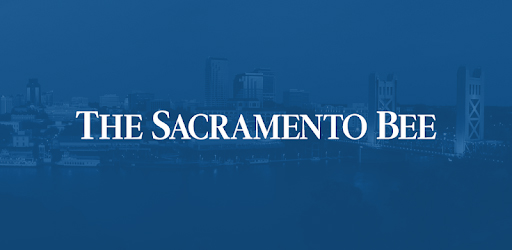Population Growth Takes Planning, Patience
Every city dreams of growing until it reaches its full potential — but that potential typically comes with a few growing pains that must be addressed through a balance of density and aesthetic.
www.REBusinessOnline.com / Western Real Estate Business – August, 2019
by Erik Hall, Partner and Design Director
Van Tilburg, Banvard and Soderbergh Architects in Denver
It is a cultural imperative to manage and cultivate the growth of our built environment to desired effect. Yet, there is often a difference of opinion when it comes to what the desired effect should be. In search of common ground, our built environment matters. We want to thrive in our surroundings, not just survive. The beautiful built environments of the world are captivating. There is great variety in that beauty, from the densest of cities to smaller towns, rural ranches and farm land.
The Metro Denver area is one of those beautiful places. The proximity of natural wilderness, recreational abundance, urban cultural vitality and economic opportunity make Denver a top place to live. With this, Denver has seen a great increase in demand. Enhanced demand strains and stresses infrastructure and services like utilities, schools, roads and open space. When the demand is poorly managed, the result is a decrease in livability. This is a problem, but it is a good problem to have!
Dealing with Demand
Where there is no demand, there is no growth. Healthy living things grow within their life cycle. The demand for growth and the strain that results is being felt across the Front Range. There is a need for denser human habitation that is efficient and affordable. The character and livability of our region will be shaped by how we act. We have a responsibility to pass on to our children a built environment shaped by sound decisions. It is not easy or simple. It takes a committed team of intentional skilled professionals focused on the goal. Growth can be done right.
A citizen initiative growth cap was recently passed in Lakewood, Colorado. Those who are involved in the political and professional practice of managing, designing and developing the built environment were generally opposed to the initiative. Despite the warnings of unintended consequences of a growth cap as a means to resolve the problems facing Lakewood, voters spoke. Their vote said the strain and stress on Lakewood’s built environment needed to be managed better. There are legitimate concerns that led to its passage, but growth caps cause more problems than they solve. As an analogy, the body’s immune system warns of problems and begins measures to compensate for those problems. Allergy sufferers will tell you, the immune system can cause more problems than it solves.
Lakewood is a beautiful, diverse city with quality retail areas, mixed-use and denser urban housing. There is much to preserve and much to manage. Still, Lakewood is not perfect. No built environment is. Maintenance, improvement, modernization and growth are necessary ongoing tasks when we recognize the life cycle of certain structures and neighborhood models.
Designing a Better Built Environment
Now there si a statewide growth cap initiative being prepared for the 2020 election. There is worry that quick-buck greed among those who legislate, develop and build our built environment will destroy the livability of our region. I acknowledge there have been bad actors looking to squeeze very dime of profit out of a project with little concern for the legacy of the built environment they leave behind. That said, we cannot cast aside the motivation of socially conscious capitalism as a driving factor in the betterment of the built environment.
Our region’s need for housing does not have to result in an unlivable, boring or uninspiring built environment. Growth and change is stressful, but when the change is tangibly for the better, it is easier to accommodate. Design is a single-digit percentage of total development cost. Architects and other designers are trained in the implementation of materials, massing, light and color to craft livable built environments for human thriving.
Application of this skill is necessary to mitigate the stress and strain on communities that trigger responses like legislative growth caps. Yet, because design fees are an upfront cost, they often get squeezed or shunted off to the lowest bidder. Commitment of the whole team to quality design from the start can make all the difference.
Beautiful places have character. What we design should fit into that character. When an area requires it, design should reshape the character to desired effect. Lakewood’s Belmar is an example of reshaping an area for increased density with a thriving, livable outcome. Where the character of an area is being reshaped, street activation and walkability are critical. In suburban contexts where multifamily is needed, scale and proportion – right sizing the development to its context – and including adequate infrastructure and open space, is critical. In single-family residential contexts, denser development needs to enhance the street and respect the neighbors.
The rash of poorly realized slot-home developments is a prime example of poor design maximizing profit while stressing a neighborhood to the point of exacerbation. Parks, green space and public amenities make our built environment sustainable and livable. This doesn’t have to be cost prohibitive, but it does have to be designed. If we design and develop with respect to a neighborhood’s character – and with a mind on the legacy of the built environment we are leaving behind – the growth of our built environment can be done right.
Erik Hall, Partner and Design Director
Van Tilburg, Banvard and Soderbergh Architects in Denver

